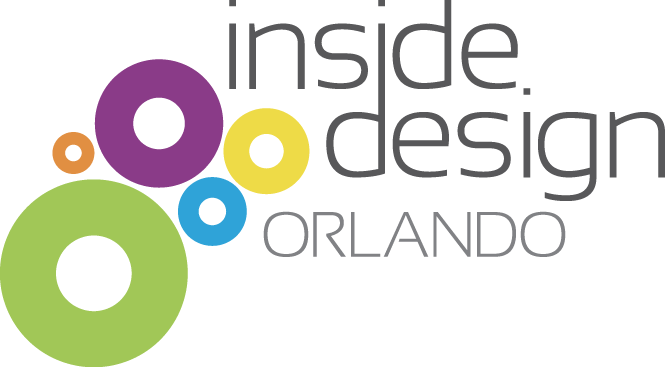 Color is the silent salesperson, affecting all marketing and web design projects. Color can change our mood, and alter our opinions. The power of color increases website conversion rate by attracting the attention of our target audience. A website with colors that are visually appealing works best. These are the websites we enjoy visiting, the spaces that are pleasing, and cohesive. Colors are normally referred to as either warm or cool, and are born out of our experiences with the world around us. Warm colors such as red and yellow are associated with the heat of fire or the warmth of the sun. Cooler colors such as blue, green and violet are calming and associated with the sky, forests and the sea. The warm and cool colors are shown at the top of the color wheel.
Color is the silent salesperson, affecting all marketing and web design projects. Color can change our mood, and alter our opinions. The power of color increases website conversion rate by attracting the attention of our target audience. A website with colors that are visually appealing works best. These are the websites we enjoy visiting, the spaces that are pleasing, and cohesive. Colors are normally referred to as either warm or cool, and are born out of our experiences with the world around us. Warm colors such as red and yellow are associated with the heat of fire or the warmth of the sun. Cooler colors such as blue, green and violet are calming and associated with the sky, forests and the sea. The warm and cool colors are shown at the top of the color wheel.
The use of warm and cool colors for web design:
There has been much discussion recently between top web designers regarding the psychology of color in web design. The effects of warm and cool colors define most spaces. Cool colors such as blue, green and violet tend to show up predominantly over warm colors. This may be because there are lots of content to squeeze into every layout. Warmer colors such as red, yellow and orange make space look more congested, so cool colors are used more often in web design and work best.
Mono, Monochromatic and Analogous color schemes:
Mono color schemes consist of only one color and may work well for some brands. Monochromatic color schemes are born when one color is used for the layout and that same color appears throughout the site in varying tints and shades. This effect is known as monochromatic. These color schemes can help any site stand out in the crowd, expressing a simple yet effective overall look and feel. Keeping it simple is a theory that many designers live by and you’ll see many monochromatic sites online. The colors that appear next to each other on the color wheel are called analogous colors. They create a harmonious feeling and work well with each other because they are closely related.
Contrasting colors for special design technique:
Colors that sit opposite to each other on the color wheel are referred to as contrasting colors. These are the colors that complement other colors in the layout and make them appear brighter. They widen the gap between colors and will result in color palettes that are more active and energetic. The contrasting colors of orange and blue could increase your website’s personality. Purple and yellow are also contrasting colors that work well with each other, and are chosen for many entertainments and children’s websites. Caution is the name of the game when using contrasting colors on your website. Used sparingly, these contrasting color choices can bring emphasis and attention to your logo, an important link or a special tagline. However, if you use the contrasting color too often it can work against you. The dominating cool colors should be used most often in the layout and design.
 Conclusion on website color palette choices:
Conclusion on website color palette choices:
Website colors must be chosen carefully since color evokes the specific moods of the viewer. Bright warm colors such as red, yellow and orange provide an energetic feel. The color “red” tends to heighten alerts and announcements such as breaking news, The darker shades of green, blue and purple evoke a more tranquil and relaxing web experience. Finding and choosing the right colors for your brand can have a positive or negative effect on your business. As you come up with great content and explosive graphics for your site, don’t overlook color choices. Research and learn more about how color works to your advantage.
Contact our developers to set up a meeting to discuss color palette choices and layout methods that work best for your brand.
Jean Holland-Rose
Chief Creative Officer & SEO Professional




